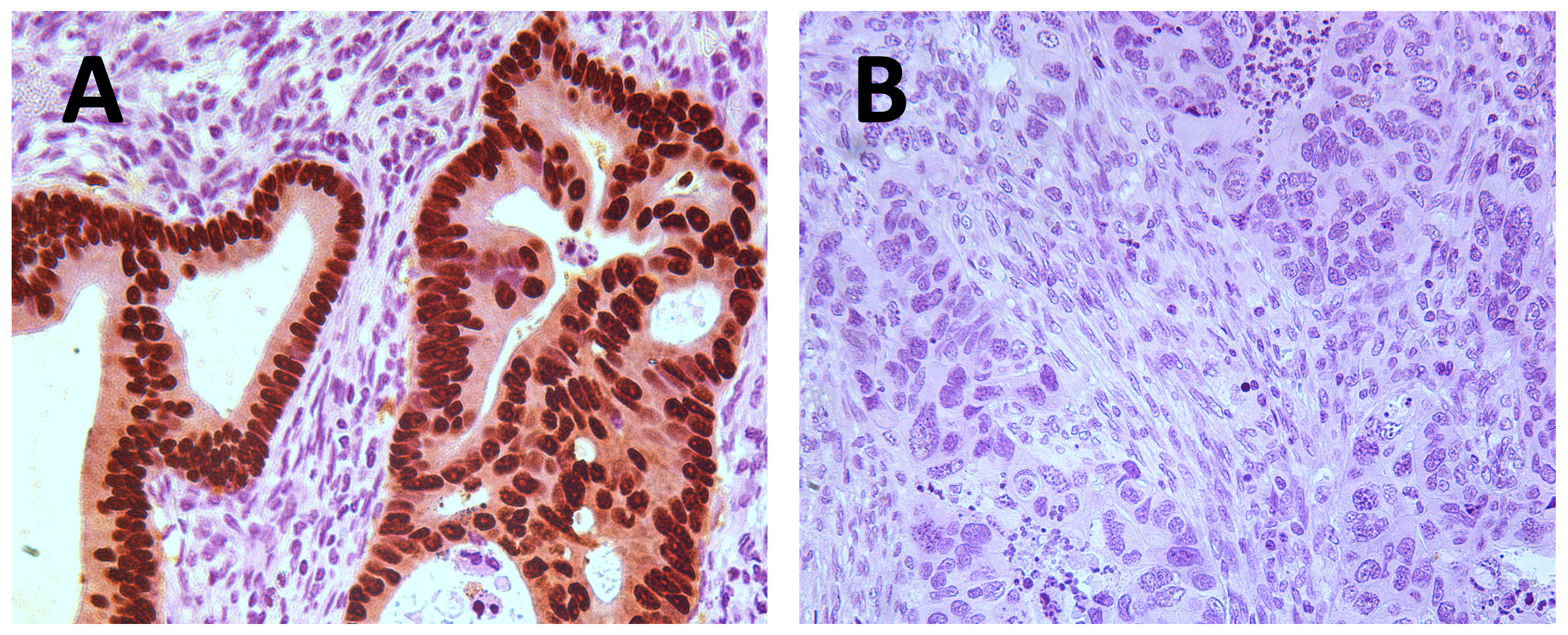Research in the Dalerba Lab
The lab aims to advance cancer treatments through better understanding the role of epithelial stem cells in the origin and biology of human malignancies, such as colon cancer, breast cancer and some aggressive forms of salivary gland cancer.
One focus of the current research is the use modern single-cell RNA-seq technologies to deconvolute the cell composition of malignant tissues (e.g. colon cancer, breast cancer, adenoid cystic carcinomas of the salivary gland) and identify novel biomarkers of their “cancer stem cell” populations, to be used as: 1) novel predictive biomarkers to improve treatment algorithms; 2) novel pharmacological targets for the development of innovative anti-tumor drugs.
The three major research interests of the Dalerba Lab are:
a) Discovery of biomarkers that are predictive of tumor response to anti-neoplastic drugs, in order to improve therapeutic guidelines and decision-making algorithms for cancer patients (with a special focus on colon, breast and salivary gland malignancies);
b) Application of single-cell technologies (e.g.. single-cell RNA-sequencing) for the analysis of tissue cell composition, with a special focus on the identification and molecular characterization of "cancer stem cells” populations in epithelial malignancies (e.g., colon cancer, breast cancer, adenoid cystic carcinomas of the salivary glands), as well as their normal counterparts in healthy tissues (i.e. stem cells of the intestinal, mammary and salivary gland epithelia).
c) Development of new anti-tumor drugs, designed to have selective toxicity against specific sub-types of human epithelial cells, in order to achieve the pharmacological elimination of specific lineages of cancer cells (e.g., goblet cells in mucinous adenocarcinomas, luminal cells in mammary and salivary gland carcinomas).
A major paper from Dr. Dalerba and colleagues in the Journal of the National Cancer Institute in 2023 has pointed the way to a promising new strategy for targeting adenoid cystic carcinoma (ACC), through the discovery of two sub-types of malignant cells that are known to co-exist in these tumors are linked by a “mother-daughter” relationship, and identifies a new class of drugs that could halt the disease’s progression.

Another major paper from Dr. Dalerba and colleagues in the New England Journal of Medicine in 2016 has identified a biomarker (CDX2) that can be used to predict which colon cancer patients are most likely to benefit from adjuvant chemotherapy (i.e., chemotherapy administered after surgery to prevent cancer recurrence). Dr. Dalerba's work revealed that colon carcinomas lacking CDX2 expression are associated with extremely poor prognosis and increased sensitivity to adjuvant chemotherapy.

